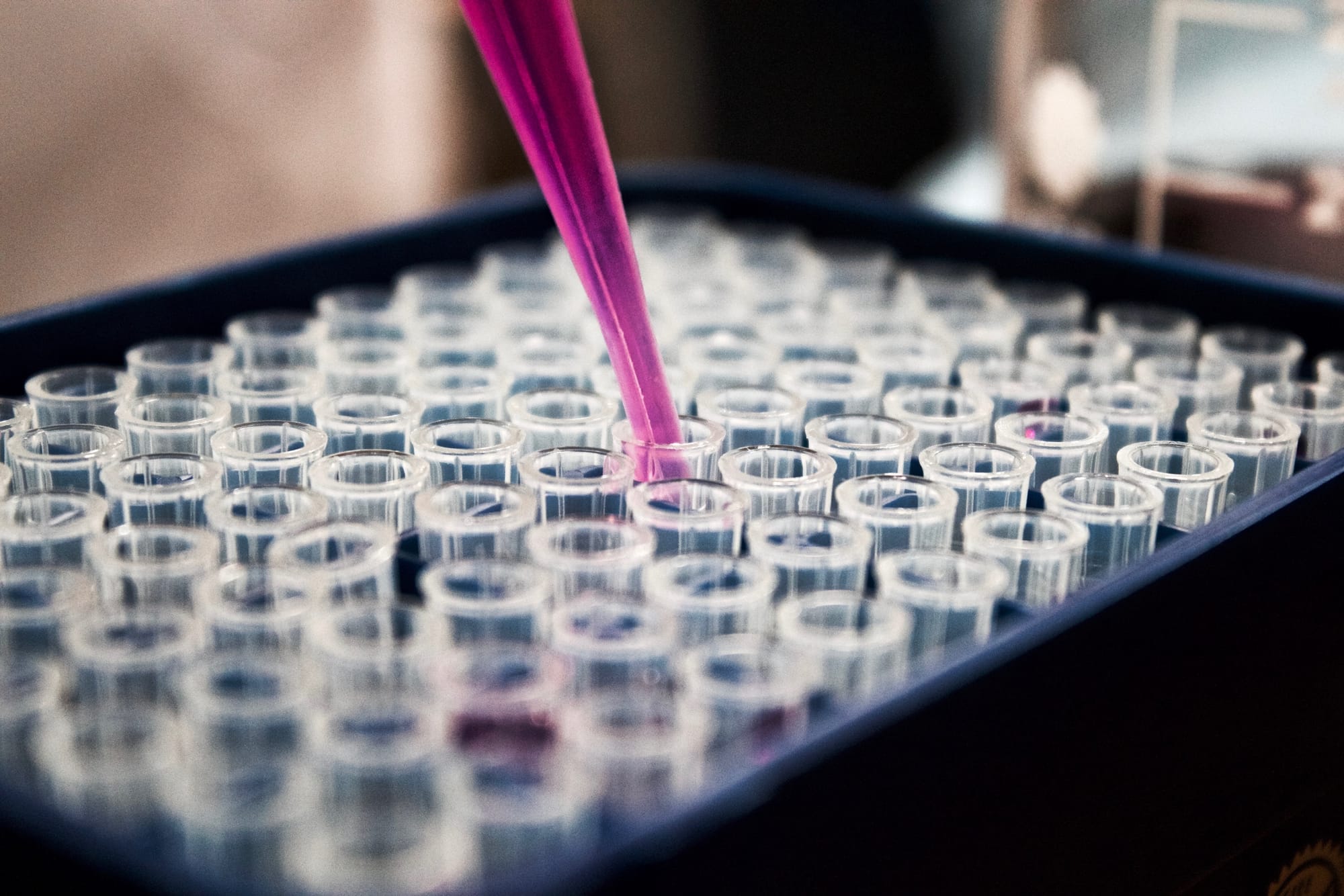Breakthrough in Gene Therapy: A New Hope for Patients with Inherited Diseases

Gene therapy has been a rapidly growing field in medicine, offering new hope for patients suffering from inherited diseases. In 2022, researchers made a major breakthrough in the field by successfully using gene editing techniques to cure a patient with sickle cell disease, a genetic blood disorder.
The patient was treated using a revolutionary new method known as CRISPR-Cas9, a type of gene editing technology that allows scientists to precisely target and alter specific genes. This technique has the potential to cure a wide range of genetic disorders, including cystic fibrosis, muscular dystrophy, and hemophilia.
The successful treatment of sickle cell disease marks a turning point in the history of gene therapy. For the first time, researchers have been able to cure a genetic disorder using a precise and efficient method that does not have the risks associated with other forms of gene therapy.
In addition to the potential for curing genetic disorders, the CRISPR-Cas9 technique also has the potential to be used for other medical applications, such as the treatment of cancer and the development of new vaccines.
This breakthrough in gene therapy is a shining example of the incredible progress that can be made in the field of medicine when researchers and scientists work together to find new and innovative solutions to some of the world's most pressing health problems.
With the success of this new gene editing technique, patients with inherited diseases now have a new hope for a cure, and the future of medicine looks bright as we continue to explore the exciting possibilities of gene therapy and other cutting-edge medical technologies.


